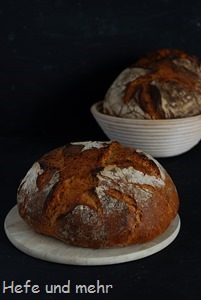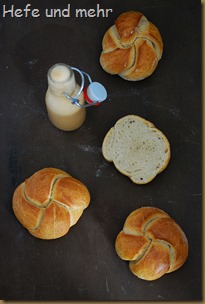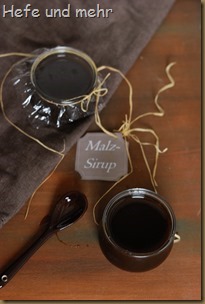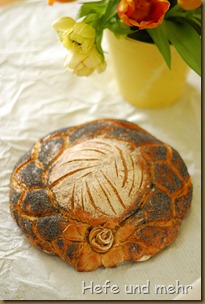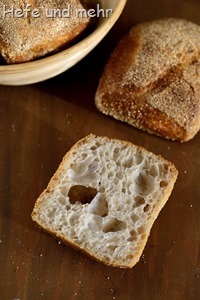 The first post in 2017 found its inspiration back in 2016. When I put together my “Best of 2016” I stumbled upon upon a readers question for rolls with open crumb. Back then I suggested this Baguette rolls and then the question slowly slipped from my mind. It has a simple reason: I normally prefer rolls with a finer crumb as we eat them mainly for breakfast and a wide open crumb means honey dropping all over the place. But during vacations we like to eat rolls for lunch or dinner, too. And with a slide of cheese a chiabatta-like roll is a delicious thing.
The first post in 2017 found its inspiration back in 2016. When I put together my “Best of 2016” I stumbled upon upon a readers question for rolls with open crumb. Back then I suggested this Baguette rolls and then the question slowly slipped from my mind. It has a simple reason: I normally prefer rolls with a finer crumb as we eat them mainly for breakfast and a wide open crumb means honey dropping all over the place. But during vacations we like to eat rolls for lunch or dinner, too. And with a slide of cheese a chiabatta-like roll is a delicious thing.
But the infection I catch before christmas was a mean one and so I spent most of my vacation on the sofa with hot tea and a good book – slowly recovering. I slept a lot, but baked nearly nothing and we went not for shopping food either but feed on our well stocked pantry and fridge. When we finally had to buy some groceries I discovered something new in our supermarket: organic pysillum hulls. I find their water binding capacity fascinating and so a package went home with me.

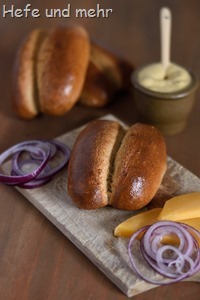
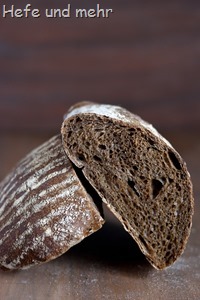 Since several weeks I have two packages of Emmer and Einkorn sitting in my pantry, waiting for me to create a recipe with them. But I was always to short in time as I had to do a lot of recipe testing for the upcoming
Since several weeks I have two packages of Emmer and Einkorn sitting in my pantry, waiting for me to create a recipe with them. But I was always to short in time as I had to do a lot of recipe testing for the upcoming 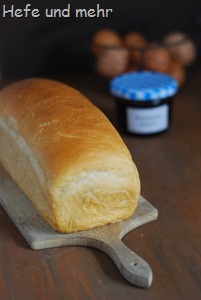
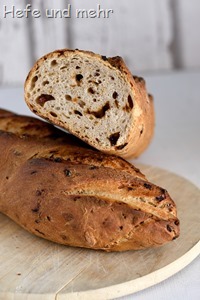 Reader’s wishes are a good thing. They often give me new impulses or remind me of – sometime to obvious – breads. And when Julia wrote that a recipe for onion bread would be a fine idea, I was thinking: of course! And for the past long, sunny weekend I started to create a recipe.
Reader’s wishes are a good thing. They often give me new impulses or remind me of – sometime to obvious – breads. And when Julia wrote that a recipe for onion bread would be a fine idea, I was thinking: of course! And for the past long, sunny weekend I started to create a recipe.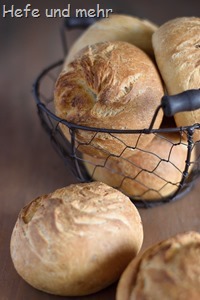 The
The 